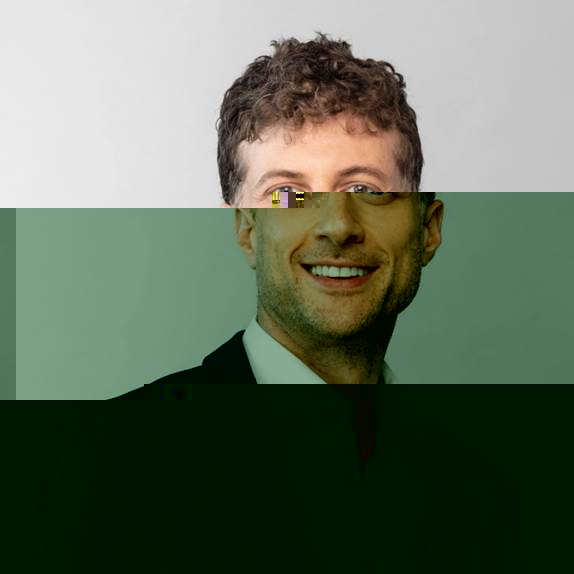檢測到您當前使用浏覽器版本過于老舊,會導緻無法正常浏覽網站;請您使用電腦裡的其他浏覽器如:360、QQ、搜狗浏覽器的極速模式浏覽,或者使用谷歌、火狐等浏覽器。
 下載Firefox
下載Firefox
檢測到您當前使用浏覽器版本過于老舊,會導緻無法正常浏覽網站;請您使用電腦裡的其他浏覽器如:360、QQ、搜狗浏覽器的極速模式浏覽,或者使用谷歌、火狐等浏覽器。
 下載Firefox
下載Firefox
北京大學定量生物學中心
學術報告
題 目: The Next Generation of Single Cell and Spatial Genomics Technologies
報告人: Michael Schnall-Levin, Ph.D.
Chief Technology Officer, 10x Genomics, USA
時 間: 5月15日(周三)15:00-16:00
地 點: 金光生命科學大樓101報告廳
主持人: 曾澤賢 研究員
摘要:
Cell explorers' relentless quest to unravel the intricate details of biological processes led to the advent of single-cell RNA sequencing technology. This technology has been widely adopted across diverse scientific disciplines, offering a high-resolution view of the cellular diversity of complex biological samples. Traditional scRNA-seq analyses require the conversion of tissues into single-cell suspensions, often resulting in the loss of vital contextual information about how cells interact within their natural environments. The integration of spatial transcriptomics into research methodologies addresses this gap by preserving and analyzing the spatial context of gene expression. This innovative approach enhances our understanding of cell localization, intercellular interactions, and signaling pathways, marking a significant advancement in the field. 10x Genomics, founded in the United States in 2012, has pioneered technologies in this field, including Chromium for single-cell sequencing, Visium for spatial omics, and Xenium for in-situ spatial multi-omics, reinforcing the critical role of spatial resolution in the next generation of biological discovery.
Michael Schnall-Levin has been at 10x Genomics since its inception and today serves as Chief Technology Officer. Before joining 10x Genomics, Michael was a NSF postdoctoral fellow with Eric Lander at the Broad Institute, where he worked on developing novel applications of DNA sequencing technologies. Prior to that, Michael worked at Foundation Medicine, where he developed some of the early algorithms to accurately detect mutations in patient tumor samples. Michael earned his Ph.D in Mathematics from MIT with Bonnie Berger, where he was both a Hertz fellow and NDSEG fellow, and his B.A. in Physics from Harvard College.
